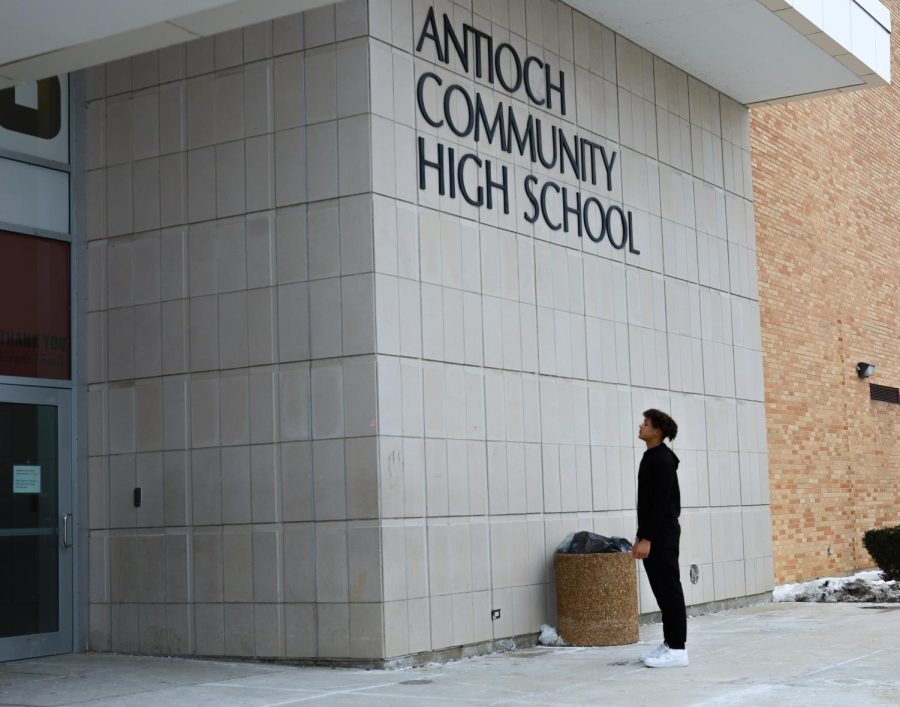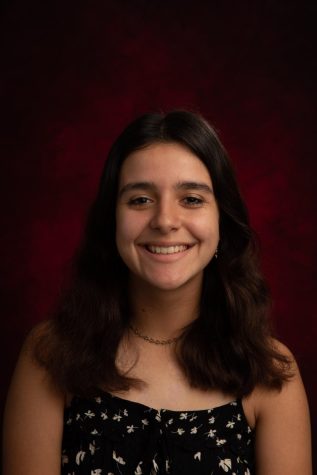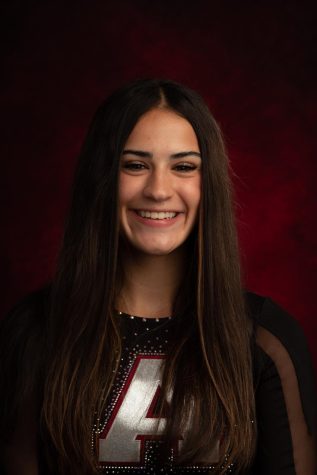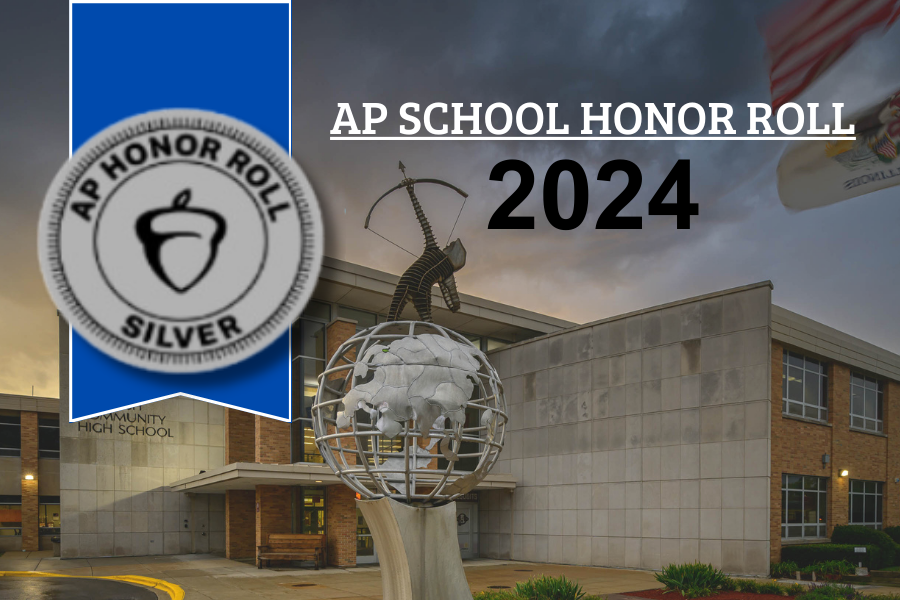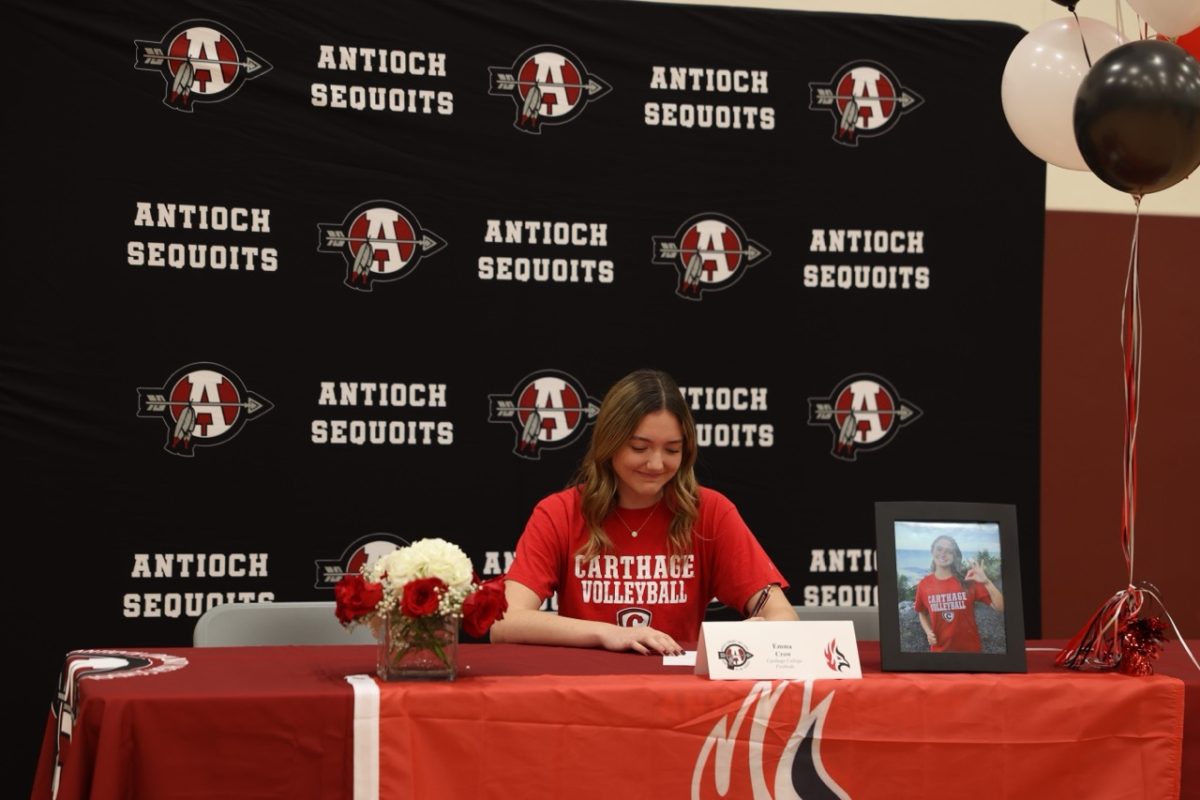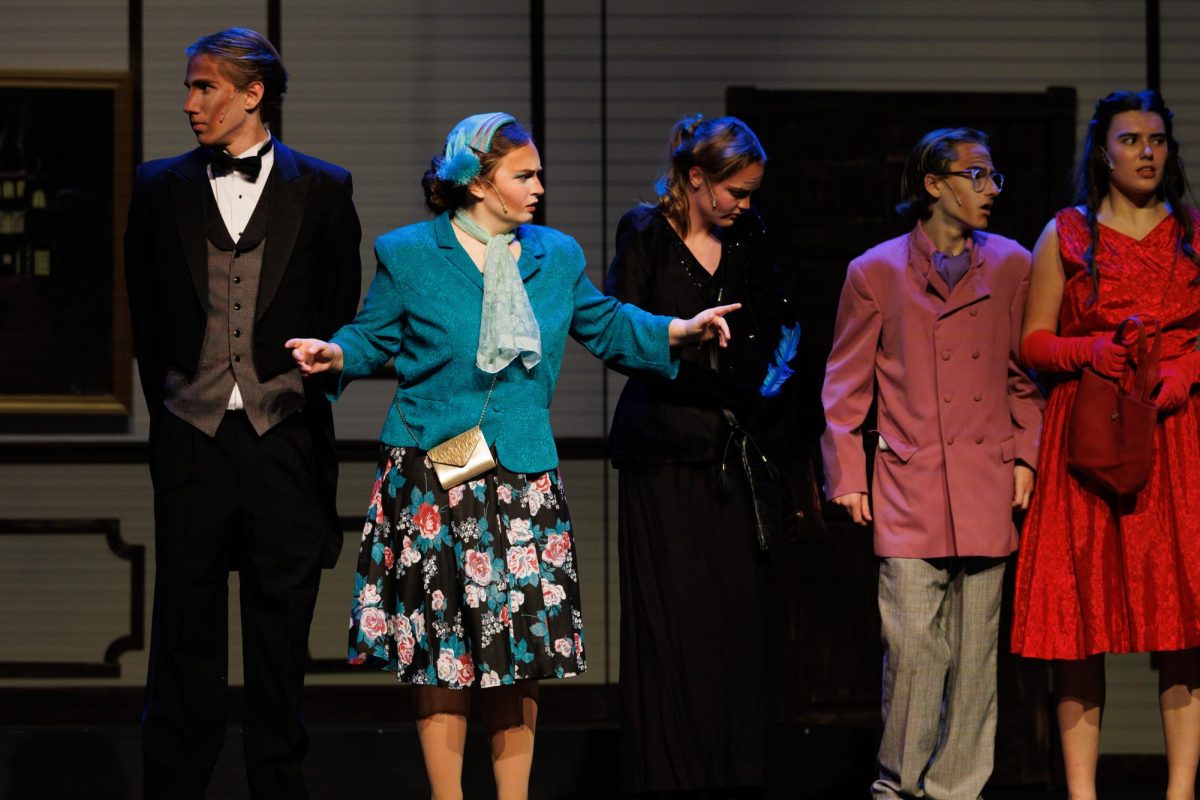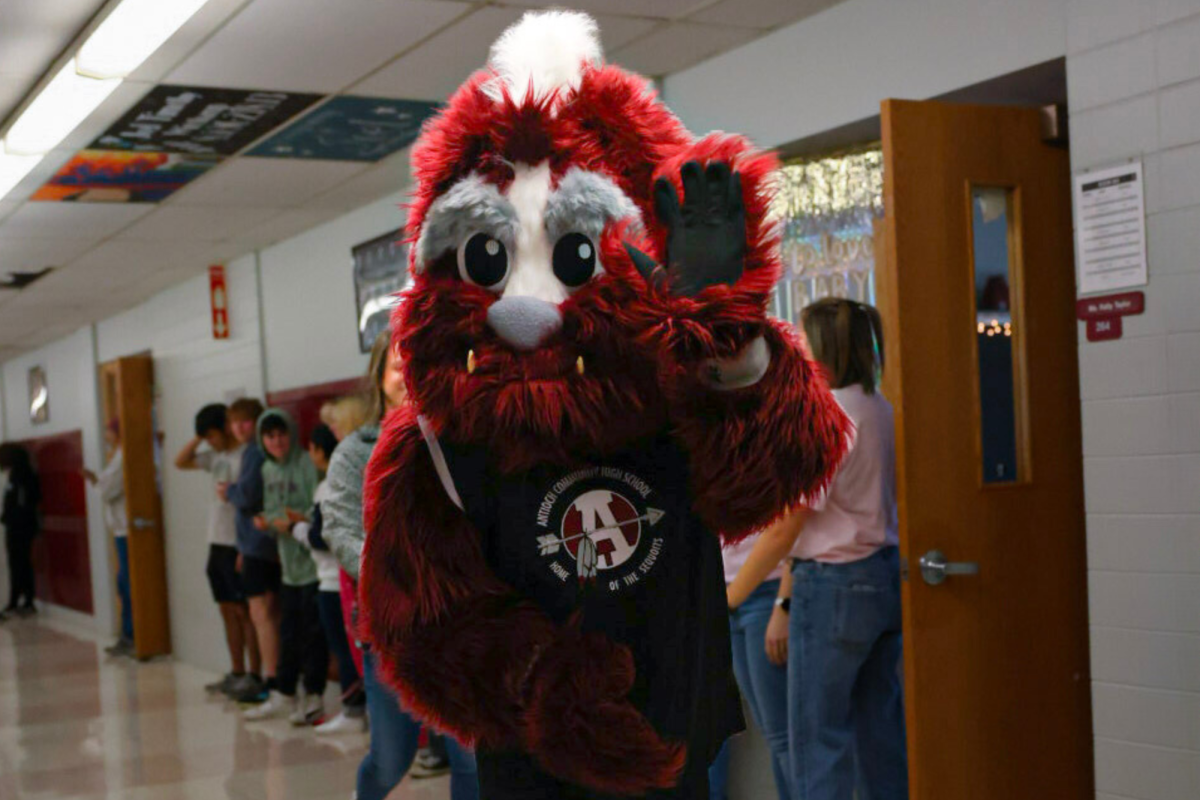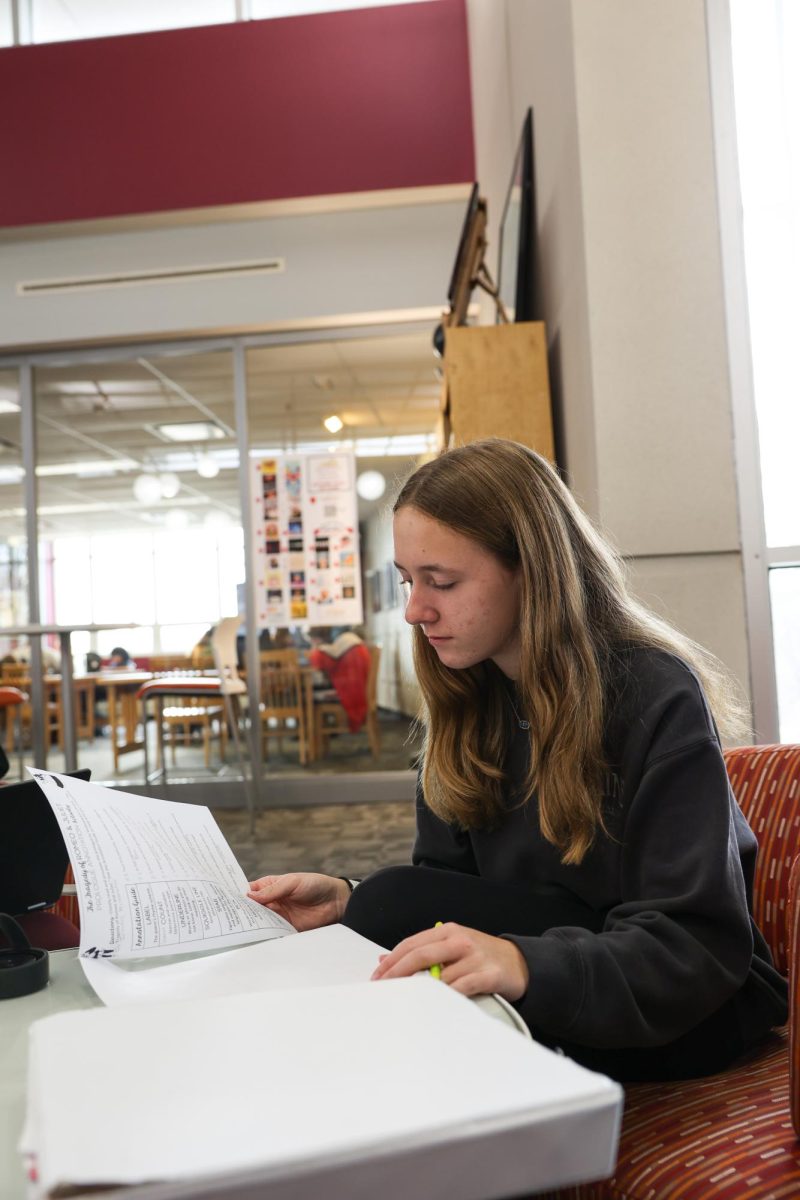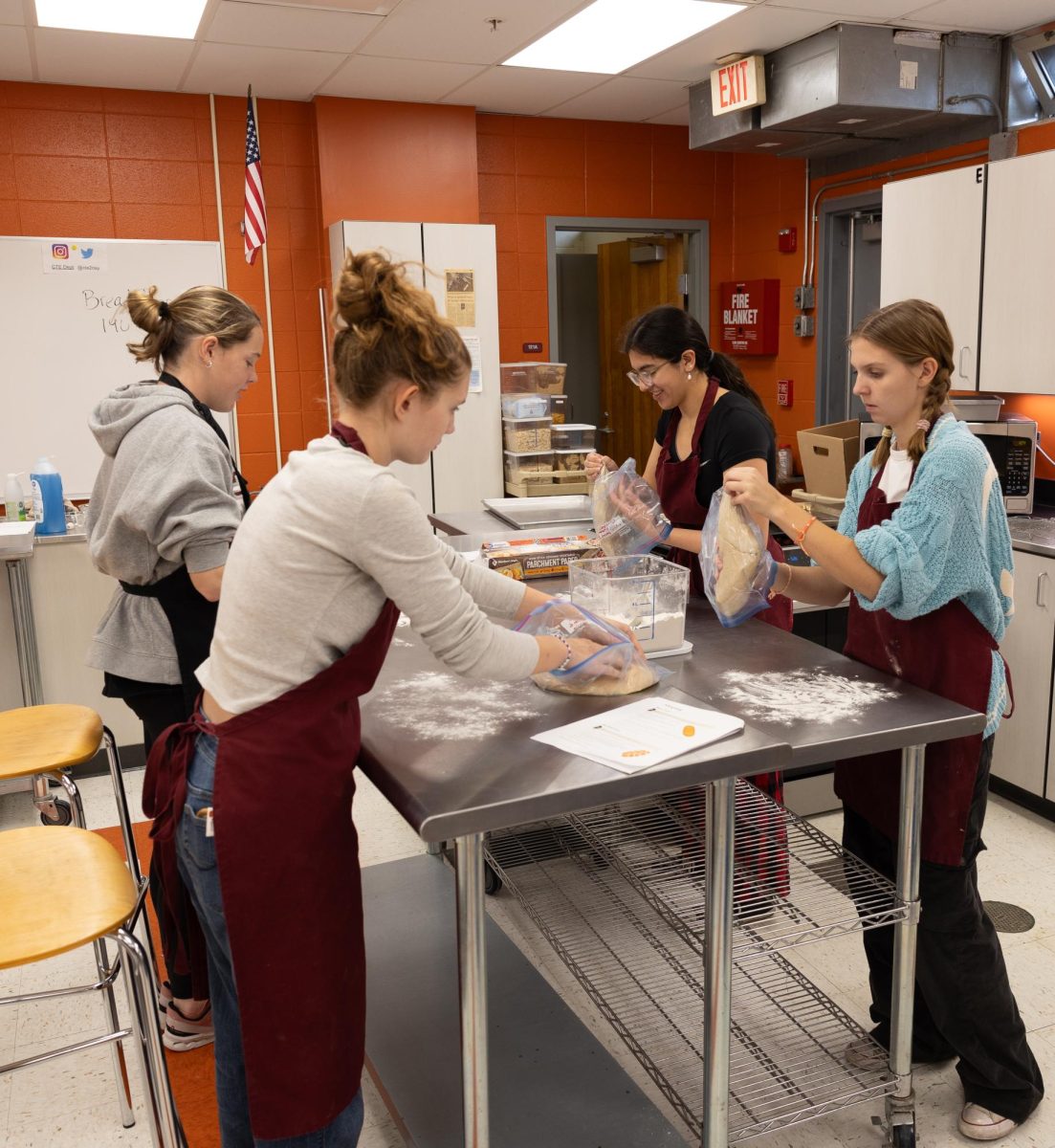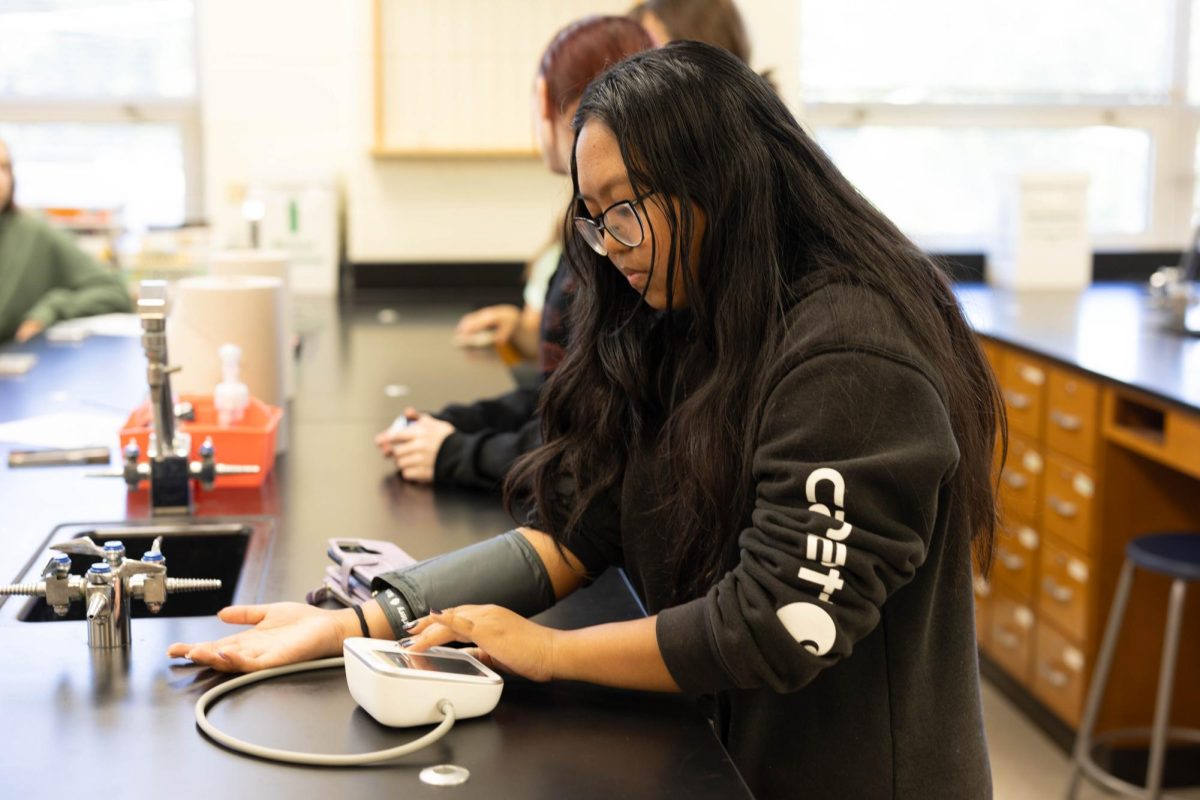After 17 days off from school, there may be endeavors for students to wake up early, preparing to stay in one place for over eight hours; as they rouse the next morning, the schedule repeats itself every day for five days straight. On Tuesday, Jan. 4, students reappeared at Antioch Community High School, allowing the second semester to commence.
Yet, the second half of the school year seems to differ from the first. With the growing variants of COVID-19, the hallways that once flooded with students have steadied to a slimmer number; in certain classes, seats continue to remain empty.
Though the differences are evident to the eye, math teacher Emily Parris does not allow this to deter her and encourages her students to do the same through communication.
“My classes have been a little quieter than normal, but I try to engage my students in a number of different ways,” Parris said. “I try asking about their day, their sports and activities. I also try to allow time in class to let students interact with each other.”
The quietness of the classrooms may pertain to one factor: routine. During winter break, students had adapted to their own schedule of waking up and going to sleep whenever; now, an alarm ringing is the first thing they hear to start their day.
“In class, I find myself falling asleep a lot, and I mean a lot,” junior Ashton Swanson said. “Listening to lectures and people just talking at me seems so mentally draining.”
Swanson is not the only student to feel overwhelming tiredness as senior Madelyn Lopez has as well. After the first week back, not only does she grow tired, but anxiety overtakes her mind.
“School feels more like a chore to me than a happy place,” Lopez said. “Over break, I felt like I could finally destress and relax, but now the stress is creeping up again.”
The last time school was a happy place for individuals was when the school held a sense of normalcy. Instead of classes filled with students at every desk, some remain untouched.
As more days pass, fewer students sit in their assigned seats; teachers become replaced by substitutes. Change seems inevitable, occurring whether ACHS can handle it or not, but so far, it has. Yet, an ordinary school year may never reappear for students and staff.
“School will never feel normal again,” Swanson said. “The class of ‘23 hasn’t [experienced] a normal high school year since we were getting out for spring break.”
With the struggles of in-person schooling alongside COVID-19, cases have spread, which may have led to superintendent Jim McKay’s email on Jan. 7. He explains that though remote learning is the last option, District 117 may need it, as numerous staff and students are absent.
As the year grows closer to its end, the unknown still persists in the distance. Students nor faculty know if ACHS will pull out victorious or not, but can only deal with the now factor.


